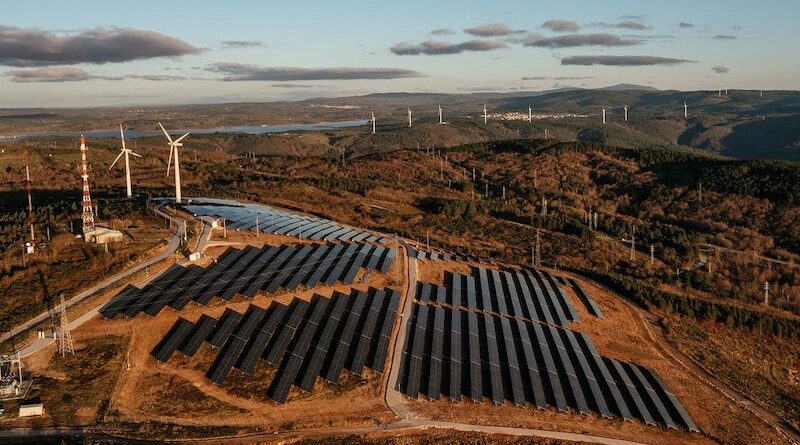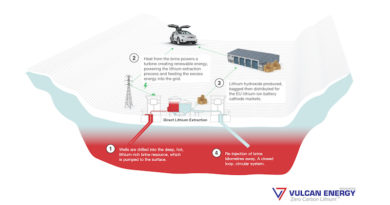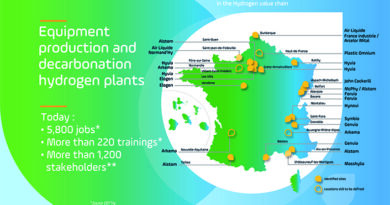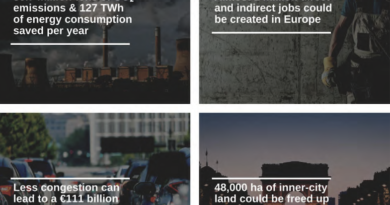
The Crucial Role of Renewable Energies in EU Energy Security
Energy security has been a building block of the European Project since its very beginning, with the creation of the European Coal and Steel Community, in 1952. More recently, especially after the adoption of the so-called 3×20 objectives, in 2008, renewables gained importance in the context of climate change, but also as a mean to ensure Europe’s energetic sovereignty.
With the European Green Deal, in 2019, and, one year later, the adoption of the Climate Law, which set a legally binding target to reduce net emissions by at least 55% until 2030, as well as a commitment to achieve negative emissions after 2050, the energy transition became the single most important step towards a more sustainable, resilient and competitive European Union.
And, in 2022, it became evident that this was the right strategy for Europe. The energy crisis, which was considerably worsened by Russia’s invasion of Ukraine, had a very severe impact on all of us. According to some estimates, Member-States spent as much as 792 billion euros that year alone in measures aimed at protecting consumers. It was an expensive lesson to learn, but also a well-worth lesson.
After the launch of the Repower EU initiative, in 2022, Member-States worked swiftly and with solidarity to ensure supply, especially to the nations that were more exposed to Russian energy. A considerable effort was made to diversify the pool of EU’s external gas providers, favouring diversity and trustworthiness over price. At the same time, storage increased while consumption was reduced.
The main driving force behind this response, however, was our reinforced commitment with the energy transition. The EU, which was already leading the way to decarbonization, doubled down on its efforts to release itself from the fossil fuels dependency.
And it succeeded! Natural gas imports from Russia have dropped by 75% and the importance of renewables is increasing day by day.
This is especially true in the context of electricity production and consumption. When we consider the reality before and after the energy crisis, the facts are undisputable.
Between 2021 and 2024, onshore wind surpassed natural gas as a source for electricity production. Over this period, the first grew from 338.7 TWh to 435.8TWh per year, while the second decreased from 558TWh to 400.1 TWh. Meanwhile, solar power also grew, as the EU started to phase-out from its coal plants. Interestingly enough, nuclear power, which many pointed out as the only solution to compensate for the transition from fossil fuels, also lost protagonism over this period.
In other words, renewables emerged from the energy crisis as the big winners. Those steps that we took out of necessity, in response to the threat that Russia posed to our energy security, ended up becoming the proof of concept for the Green Transition. And this path that we have chosen for ourselves will not change, regardless of the political context, in Russia or elsewhere, and even in spite of the efforts being undertaken by some sectors to disturb the process.
The Portuguese case
For my home country, Portugal, energy security and self-sufficiency, were a concern long before the 2022 crisis. Along with our neighbours Spain, we suffer the consequences of weak interconnections with the rest of Europe, which, in practice, have turned us into an energy island.
This is why we started to invest in renewables sooner than others. And this is why, in 2024, 71% of all the electricity we consumed came from renewable sources. Again, necessity was the main driver behind this process.
In comparison with other Member-States, Portugal is well-placed in the green transition. However, we are by no means complacent with our successes.
Recently, we have approved a new National Energy and Climate Plan (PNEC 2030), setting a target of a 55% greenhouse emissions reduction by the end of this decade, compared to 2005.
We have also increased the target for renewables in gross final energy consumption, from 47% to 51% by 2030.
We want to continue to grow well-established renewables but also invest in hydrogen and biomethane.
We are also investing in grid flexibility and storage, in our quest for a continuous energy supply.
And we are looking at hard to decarbonize sectors, such as transports, investing in sustainable public and private transportation and developing a national consortium with the goal of producing Sustainable aviation fuels.
Portugal is looking towards the future with ambition, and it is with joy and enthusiasm that we see an increasing number of Member-States, not just following that same path but, even more importantly, working side by side to create a true Single Energy Market, which is something that we never truly had in the EU.
There is still much that needs to be done.
We must complete the interconnections that Europe still needs, notably the electrical interconnections in the Pyrenees. We must fulfil our promise to put consumers first, by implementing, at national level, the reforms approved in the new Electricity Market Design. And we must find sustainable energy solutions for harder to decarbonize sectors, such as transports and several key industries.
However, there is no doubt in my mind that we will achieve all of this. It is no longer a matter of if but of when.




